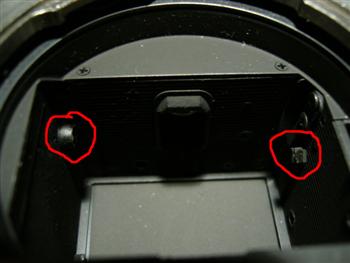I know at least three experts on the world that can repair LX is almost any conditions, one is in the US and he's very popular among the Pentaxians, one is in the UK (Harrow Technical, aka the Pentax UK service), one is in Italy (Castelli)...the LX is not more prone to failure than a Nikon, actually according to Castelli the F3 is much more prone to electrical failures, the only problem is that in order to achieve the famous mirror damping the camera is famous for they used mirror stops made of soft rubber that within 20 year age, became sticky and soft as glue so it creates the infamous sticky mirror, even if the real problem is that the mirror creeps in a lower position so the camera does not focus at infinity, especially with short lenses.
So when you buy a LX you have to take into account that every 20 years you have to service it, and there's no escape, then the second problem arises: the LX is the only camera of its era that is waterproof, or better, splashproof. This means that it's full of seals anywhere to protect the internal from water infiltration, while this is another example of why a LX is better than a F3 it also means that when the tech has to perform a CLA he needs to replace all the o-rings and seal, that means that a standard service is more expensive than a less sophisticate camera.
So two advantages the LX has against the competition are also disavantages (you have to spend more money servicing it and therefore some people think it's more fragile, while it's the opposite), besides the soft mirror release and the dustproof splashproof quality the LX has also a very sophisticated TTL (better I've been told than the F3, the F1N doesn't support TTL), probably the best lightmeter every installed on a camera (-6.5 to 20 Ev sensitivity, IDV system from the curtain, in auto the shutter remains open even for hours making it the perfect tool for night photography), quick loading, double exposure mechanism, the magic finder but the most important thing is that is a system camera as capable as the F3 in the dimensions and weight of a FM2 (565 gr. vs 530).
So, I would like to understand for which logical reason somebody should replace a LX with a F3, while the F1N offers something the LX does not (interchangeble metering pattern with the screen and shutter priority WITH the bulky motordrive) there's nothing a F3 can do that the LX can't.


